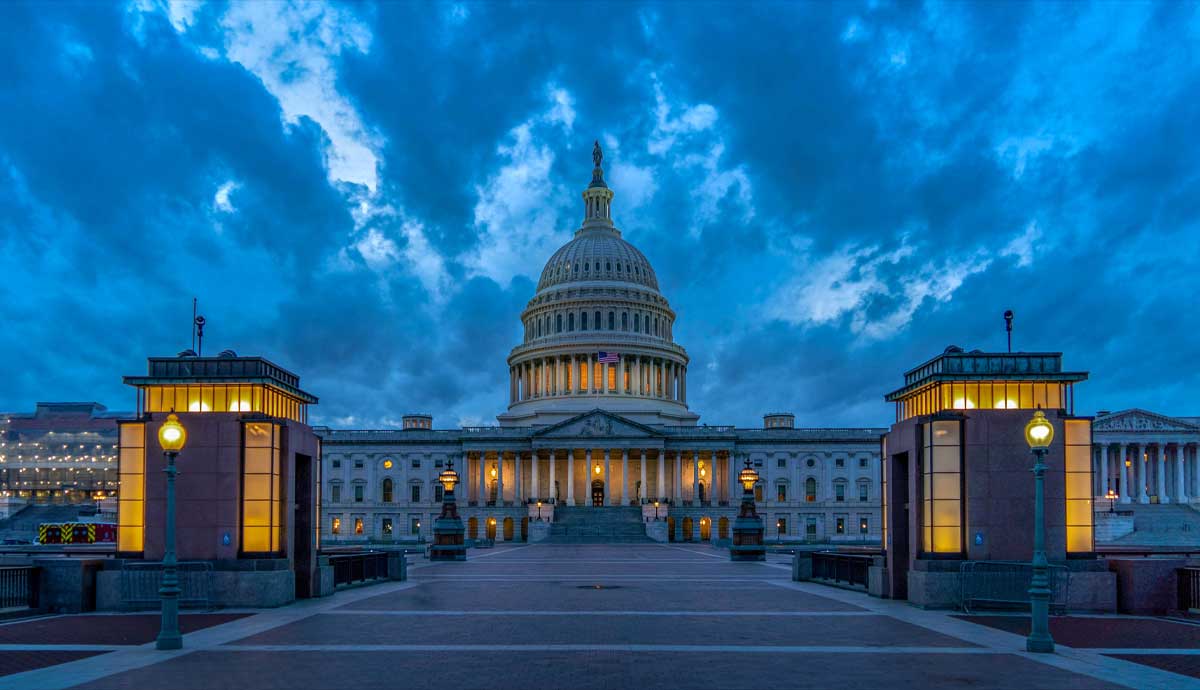
Like many democracies around the world, the United States is a representative democracy. One way this manifests is in the Electoral College, which has been the subject of confusion and debate (as well as support) from the people of the United States and abroad. So what is it, why does it exist, and how does it work?
The Electoral College: Background and Purpose

The Electoral College is a process that was established in the Constitution as a compromise between the election of the president by Congress versus it being done by a popular vote of qualified citizens. It was created in 1787, and the system has been used in every single US election.
There are a total of 538 electors, of whom the votes of 270 are needed to win the presidential election. Although the electors can, in theory, vote any way they like, they are chosen by the party, and their allegiance is virtually assured when it comes to casting their vote. The Republicans and the Democrats each have their own “slate” of electors. The party that wins the popular vote in the state has their slate vote for the president.
Each state has the same number of electors as it does members in its congressional delegation, including the two senators who represent each state.
How Do the Elections Work?

While the leaders of many other democracies are elected by popular vote, the presidential elections [link to: How often are US presidential elections held?] in the United States hinge on an intermediary. This is the Electoral College. When Americans cast their votes, what their popular vote determines is who their state is going to vote for.
Once the popular vote in a state has been counted, the party with the highest percentage of the vote in that state gets all the Electoral College votes. At this point in history, there are only two parties that have enough support to expect to win a presidential election—the Democratic Party and the Republican Party. Although many other parties participate in the elections, they do not have nearly as much popular support, nor do they have access to the Electoral College votes in all the states.
The first party to reach a total of 270 Electoral College votes is declared the winner of the election.
The Actual Battleground

While the political landscape of the United States shifts, many states have so much support for one party that campaigning in those states is seen as a waste of time and resources. In recent years, California, for example, has been a staunch Democrat state, and the state’s Electoral College votes have been added to the Democrat tally with relatively little effort.
Some states, however, where the numbers of Democrat and Republican supporters are relatively even, become the battlegrounds. These “swing states” are where most of the campaigning takes place. Georgia, Wisconsin, and Pennsylvania are currently notable swing states, while Florida has a recent history of being a major swing state.
In the 2000 presidential election, Florida was the key to the entire election. After a recount dispute, the Republicans won the state and all 25 of its Electoral College votes by just 48.847 percent to the Democrats’ 48.838 percent of the popular vote.
The election was decided by a margin of just 537 individual votes in Florida!
Criticisms

The Electoral College system has been criticized for resulting in American citizens not having equal votes. One Electoral Delegate in Texas, for example, represents roughly three times as many people as one in Vermont. Therefore, each person’s vote in Vermont is more influential than each person’s vote in Texas.
What the Electoral College also means is that a candidate can win the popular vote but lose the election due to the other candidate winning more Electoral College votes. This has already happened twice in the 21st century so far.
As a result, the call to have the Electoral College disbanded is one that receives much public support.







